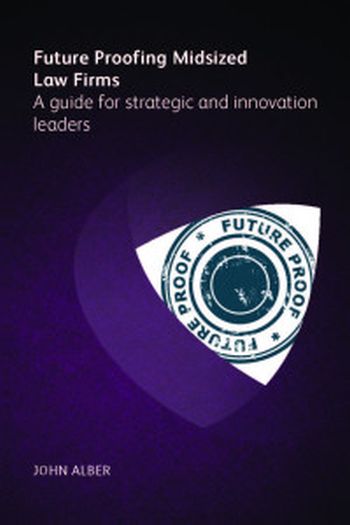
We will begin this inquiry into innovating to “future-proof” our practices, not with the question of how to innovate, but rather with why we should concern ourselves with innovation. Because if we don’t get the why right, none of the rest of our work on innovation will matter. We will move on from the question of why innovate to the business context in which all innovation occurs in this age. We won’t dwell on the changes in the legal market already amply covered in the legal press—flat demand, plummeting realization, pressure to price differently, etc. Instead, we’ll explore the broader business climate and technological context in which all practice will operate in the future.
Our starting point will be to explore how profoundly dissatisfied our clients have become with traditional law firm service levels. As cordial as those clients may be over lunch or a round of golf, when truly pressed, most will admit to real frustration with how glacial the pace of change is inside law firms. Next, we’ll move to a technology focus. This concerns radical shifts in our society that will reshape how we do everything…including law. Technology already in the pipeline will cause breathtaking transformations in our business and personal lives, whether we innovate or not. Changes wrought by this technology will exceed our imagination’s ability to foresee them, will exceed even the ability of our best futurists to predict what will happen.
We will then explore the competitive environment in which Midsize firms will be operating over the near and medium terms. Already, huge shifts in the economics of practice have taken place—largely driven by competitors from outside the traditional legal sector. In order to prepare to meet such emerging competition, you need to understand it.
Next, we will talk about the skill deficits you have to remedy to compete in an age that expects Amazons and Ubers. We can argue about whether law school training properly equips young lawyers for substantive law practice. But there can be no argument about whether young lawyers emerge into practice equipped to manage the business of law—even the basics of it. They clearly do not. And most lawyers leave themselves in that state throughout their careers.
From there, we will explore particular skills in more depth. In separate chapters, we will talk about:
For all the gloomy predictions about rising competition and increasing price pressure that you’ll find in the pages that follow, I hope you emerge from this study with a sense of optimism. I’m not the only student of this portion of the legal sector to see the opportunities in store for firms that seek to become change leaders.